Hiring managers in every sector are finding it increasingly difficult to attract top talent to their organization. Why?
The challenge of finding top talent
Well, let’s start here: At the beginning of 2018, unemployment is at 4.1%, the lowest it’s been in nearly 20 years. And in certain jobs, the skills shortage is acute: In STEM (Science, Technology, Engineering, Mathematics) occupations, there are only 1.5 million qualified applicants for 3.5 million job openings over the next decade.
Companies have realized they can no longer be complacent when it comes to culture fit. In a recent survey by SCORE, 51% of small companies said that finding qualified applicants was the most significant factor working against them in terms of their hiring challenges.
So how do some companies consistently source top talent?
To find out, we reached out to our network and asked CEOs, co-founders, hiring managers, and top recruiters what tips and tricks they use to attract and source talent from their networks. The result is this list of 21 tips for hiring managers.
(Tips from Matthew Bellows, Founder of Yesware, numbers 1-2)
How to attract & hire qualified talent
1. Don’t simply give out fat bonuses for referrals.
Employers should get creative with their referral programs. At Yesware, for every new hire that is referred into the business the referrer is given $5,000 to go towards a charity of his or her choice.
Why? He found that people were spending too much time focusing on chasing the referral bonus so everyone became a recruiter in lieu of focusing on their job.

2. Build brand awareness early on and look long term.
Build long-term Relationships with people, so you’ll be the first ones they think of when considering job changes.
Why? Because people that are actively looking for jobs aren’t necessarily the best fit for your company. You’ll want to have a company culture that spreads virally through your network so when top talent is interested in a new position they’ll think of you before reaching out to a recruiter.

(Tips from Vinayak Ranade, the CEO and Co-Founder of Drafted, numbers 3-7)
3. Change the way you think about hiring.
Try to think of a sales funnel when it comes to recruiting. Recruiting is to marketing, as hiring is to sales, and referrals are like customer success stories.
Why? Because this approach makes you start thinking about ways to get people to talk about your brand more, AKA marketing for your brand. It also forces you to try and attract top talent in the industry and not just look at the candidate right in front of you.
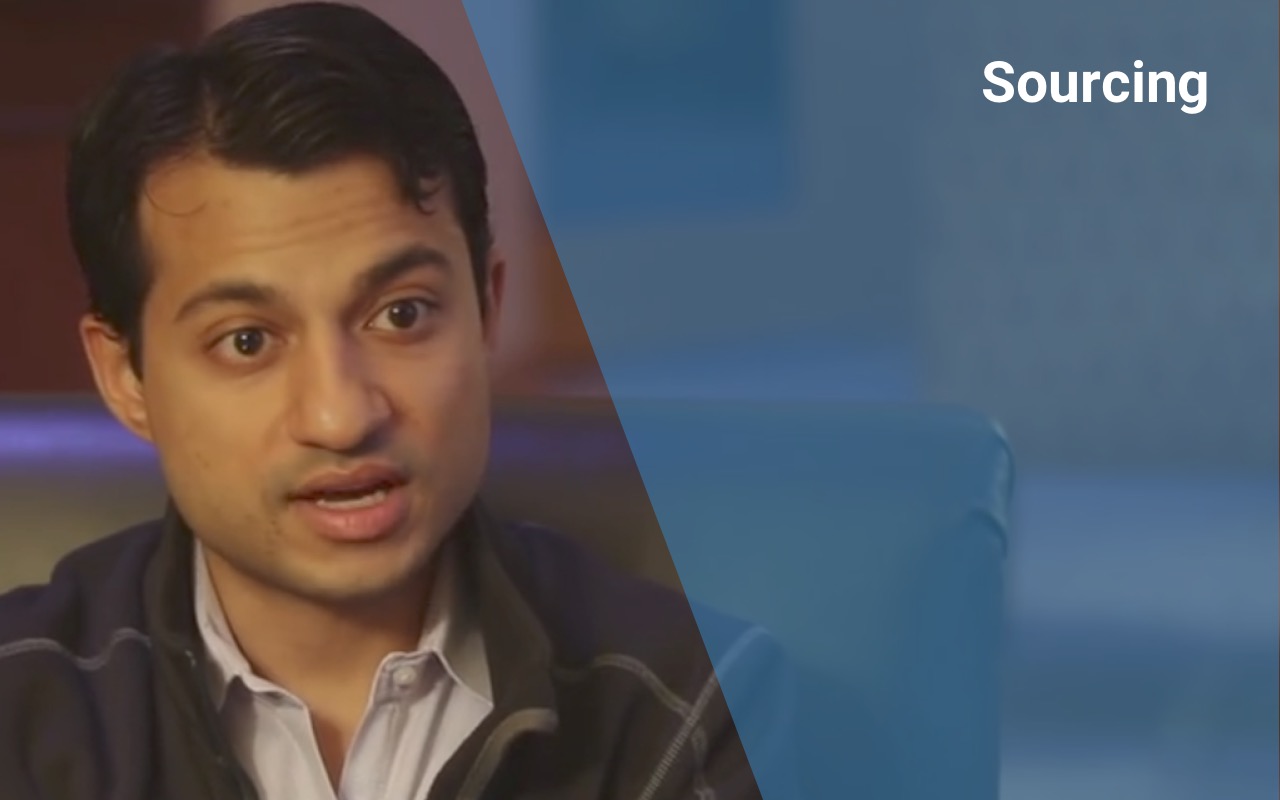
4. Open up your referral programs.
If we confine our referral rewards to our employees, we’re missing an opportunity to reach more people.
Why? Employers have a greater reach when they open their referral program out to the public.

5. Use your marketing assets.
Your company probably has great assets that will make your offer or job posting more attractive to candidates, so use your products and services as a recruitment branding tool.
Why? Candidates might appreciate your services or recognize your band more right off the bat if you market them properly.

6. Buy a friend a beer (or coffee).
One beer (or coffee) should always lead to another, which can eventually lead to your next great hire.
Why? It’s a simply, yet extremely effective, way to build a network. The more often you do this the more top of mind your brand will be. So when they hear about a top producer looking for a new role your company will be one of the first they look at.

7. Create referral program buzz.
Use your referral programs as a way to drum up press and create buzz around your company.
Why? The more people who know about your brand, the less you’ll potentially have to spend on brand awareness campaigns.

(Tips from Erica Seidel, Founder of The Connective Good, numbers 8-9)
8. Make hyper-specific LinkedIn queries.
Find qualified candidates faster by adding a few qualifying keywords to your LinkedIn search. Example terms: won, award, promoted, managed, etc. They will help you pinpoint that needle in the haystack.
Why? Sorting through hundreds of candidates takes time, by using a more targeted search with terms that relate to a successful candidate will help you narrow your search faster.

9. Don’t get too specific with the job spec if you want diversity.
Men tend to apply to jobs when they meet only 50% of the requirement, while women feels as though they need to match 80% of the job spec. Erica recommends focusing on:
– Addressing the passion a ideal candidate should have to fulfill the role properly.
– Using Textio to help with using the correct verbiage that appeals to a specific gender.
– Directing ads for positions to women’s only colleges and/or organizations to get only women applicants.

(Hiring tips from Tracey Sponenberg, SVP of Human Resources, The Granite Group, numbers 10-13)
10. Don’t fixate on checklists.
Being fixated on a skills checklist might make you overlook good people. It’s better to take your time and get to know a candidate even if they might not meet all the requirements at first glance.

11. Search before you’re desperate.
As a job seeker, you should search before you’re desperate, not when you’re desperate. The same principle applies to finding talent. Build a long pipeline for talent, it will help you make the right choice the first time more often.

12. Keep job ads short and sweet.
Make your ad engaging. Lead with the unique qualities and perks for the job and leave the detailed description out!

(Tips from Jackie Dube, VP of People Ops, The Predictive Index, numbers 13-15)
13. Talk about comp and work-life balance early on.
Bring up compensation and work life balance early on to make sure it’s eliminated as an issue before you spend lots of time with candidates.
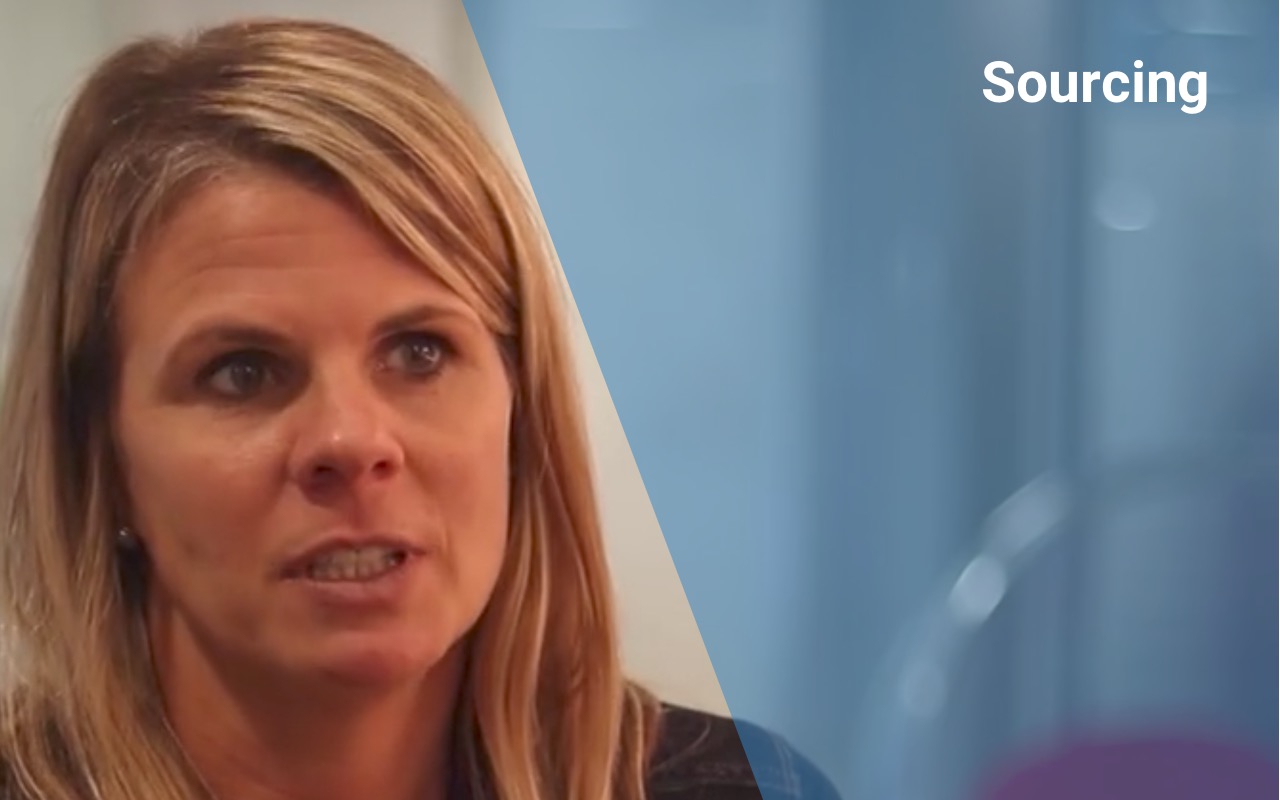
14. Make the most of referrals.
Referral programs not only give you great candidates, they keep your existing employees engaged. Incentive your top performing employees to bring over their friends because it will create a more comfortable and productive work environment.
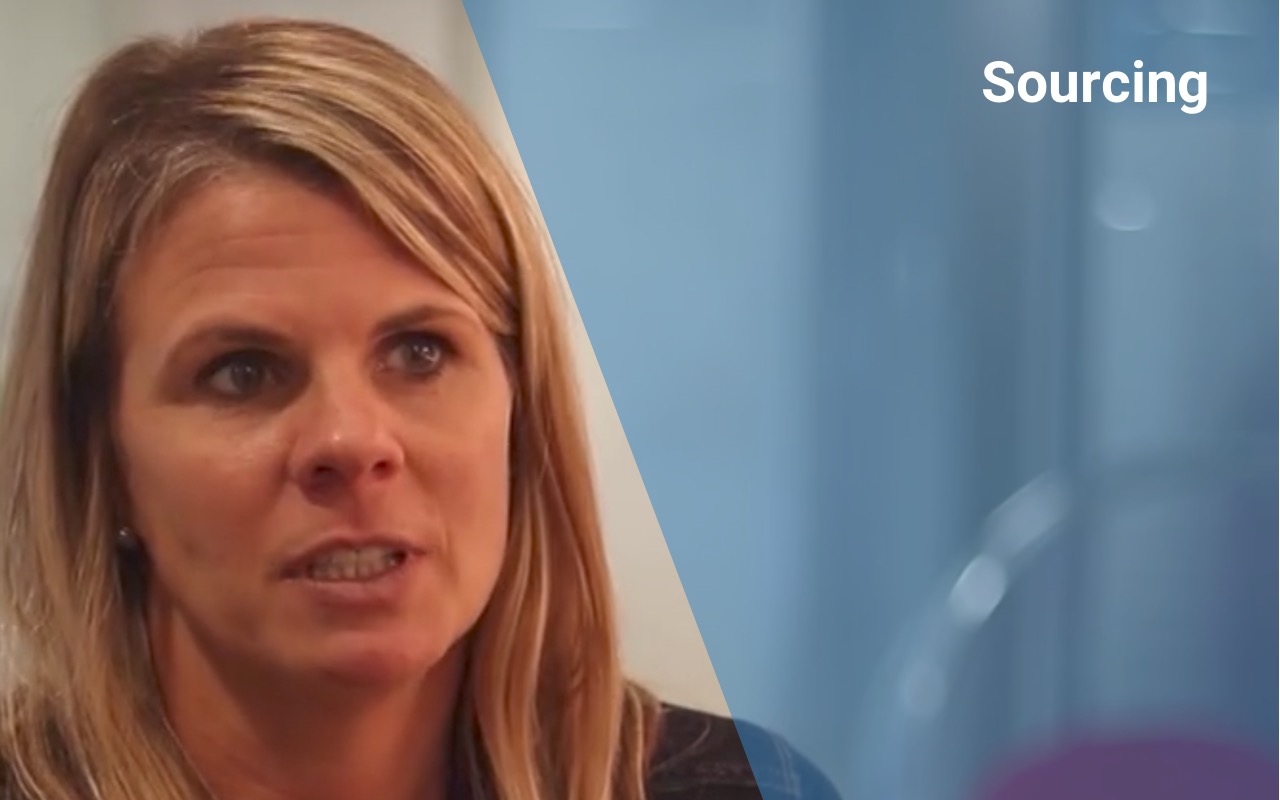
15. Insert your culture into job ads.
Listing responsibilities and tasks isn’t going to compel candidates but detailing your culture, might! Talk about what you do for and with employees to make them feel like your company is the right fit.
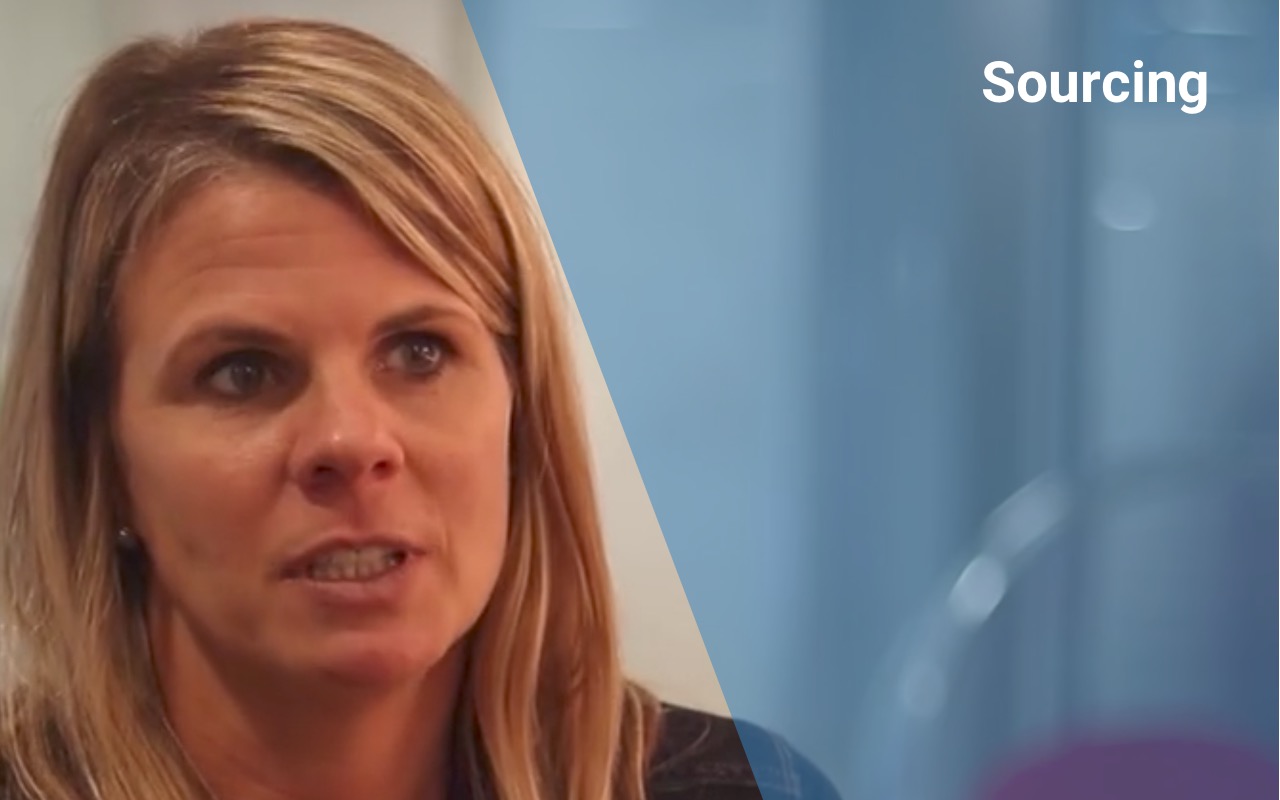
(Tips from Chrissy Costello, a top Software Recruiter, numbers 16-19)
16. Let managers do outreach.
Don’t leave the outreach just to recruiters. In this virtual onboarding market, time is everything, and if you lead off with a hiring manager you’re much more likely to get a immediate response.

17. Spread jobs through Facebook.
Facebook is the most popular online social network on the world, so it only makes sense to use it to get job ads out there. Have a link on your Facebook page to all the positions your hiring for and go through you employees networks to see who you’re already connected to.

18. Engage on Glassdoor.
Have an employee reach out on Glassdoor if you get a bad review. Bad reviews give you a chance to address and refresh. Monitor Glassdoor and take action!

19. Boost your Glassdoor reviews.
Good reviews on Glassdoor go a long way in the eyes of many job seekers, so you should have a smart process in place for getting reviews posted. So be proactive and ask for reviews, it can’t hurt! For more information check out our 7 ways to improve your Glassdoor rating.

(Tips from Mike Zani, Co-Founder of The Predictive Index)
20. Truly assess the job.
People often skip to steps when it comes to recruiting, and they short change the process of truly assessing the job. Build a solid foundation, know the foundational requirement, cognitive requirements, and behavioral requirements. Ask leading questions in the job posting which will attract the type of talent you fundamentally are seeking. It will help weed out bad candidates early.
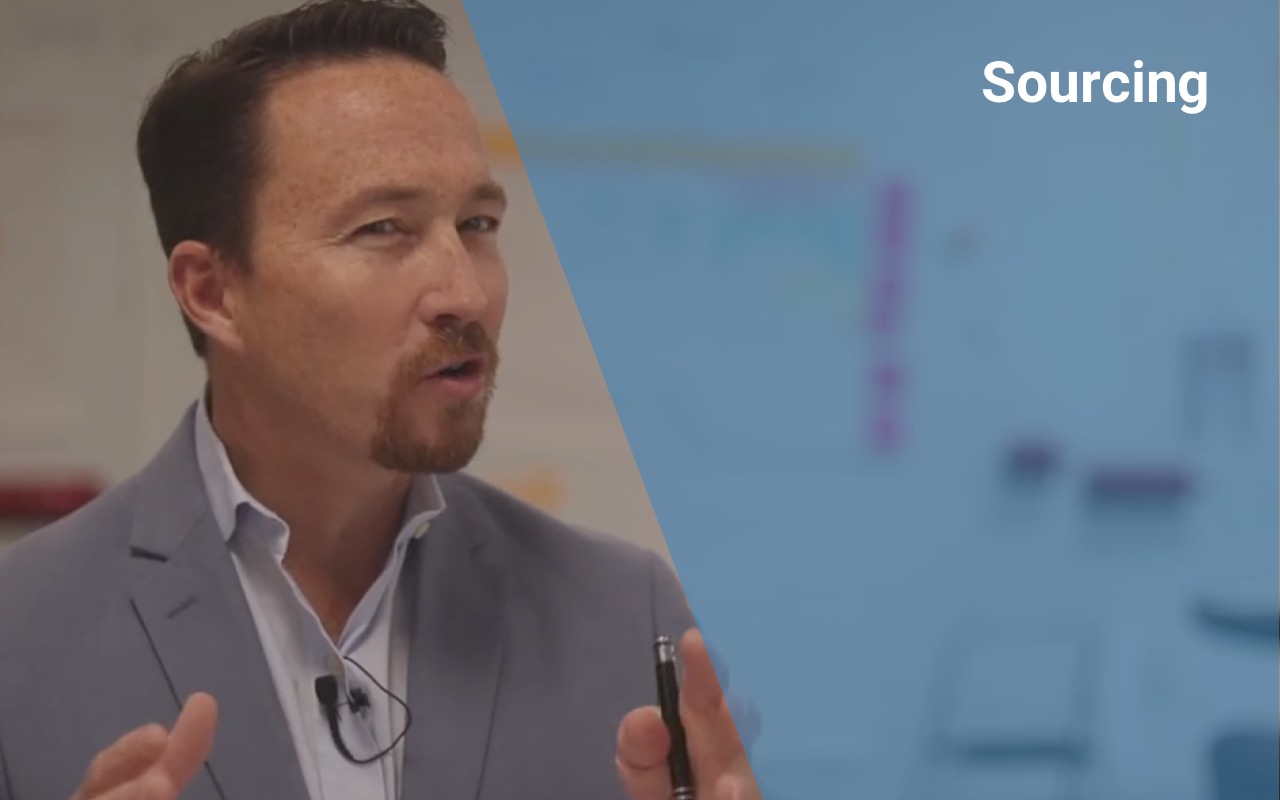
(Tips from Drew Fortin, VP-Sales and Marketing, The Predictive Index)
21. Have the hiring manager be proactive.
Instead of just networking for the purpose of recruitment, try a more selfless approach to getting to know people.
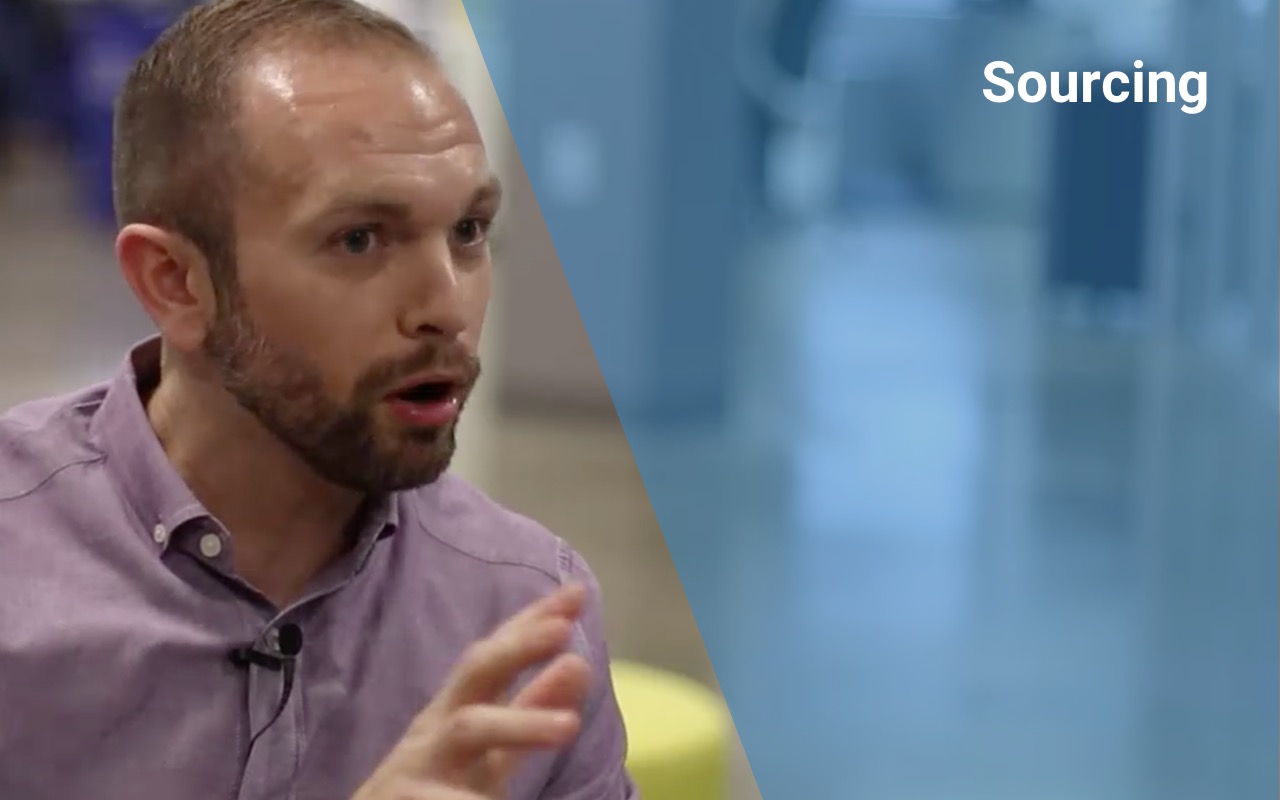
Overall these tips show us that to compete in this market you need to think creatively and be empathetic to your applicants. You must understand the applicant’s values and make sure they are the right fit for both your organization and role.








